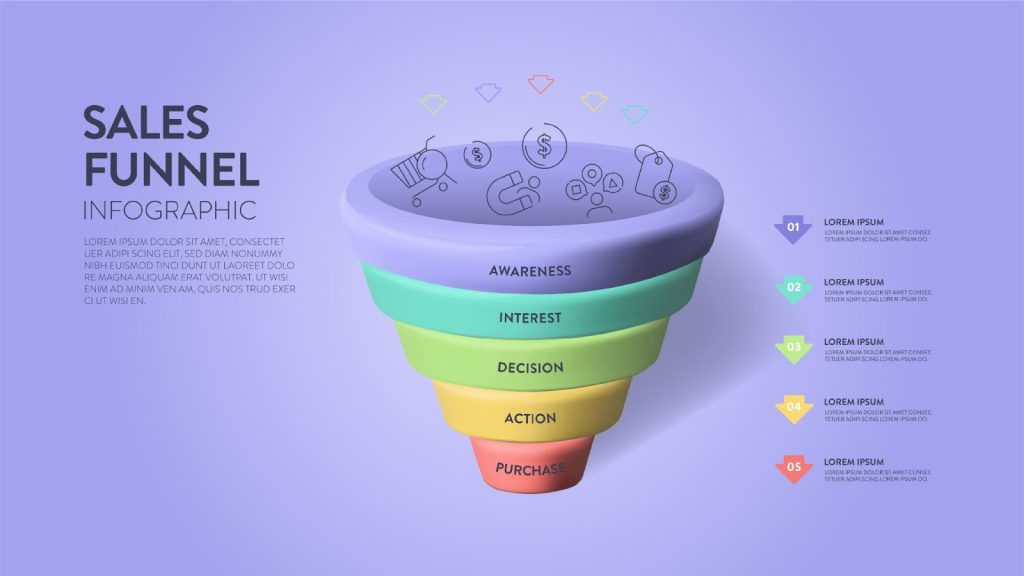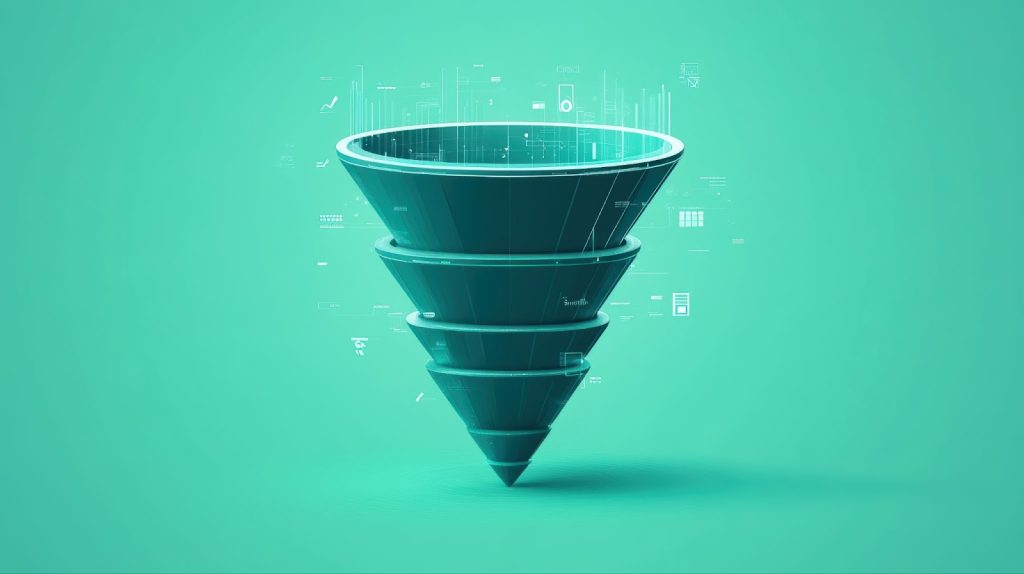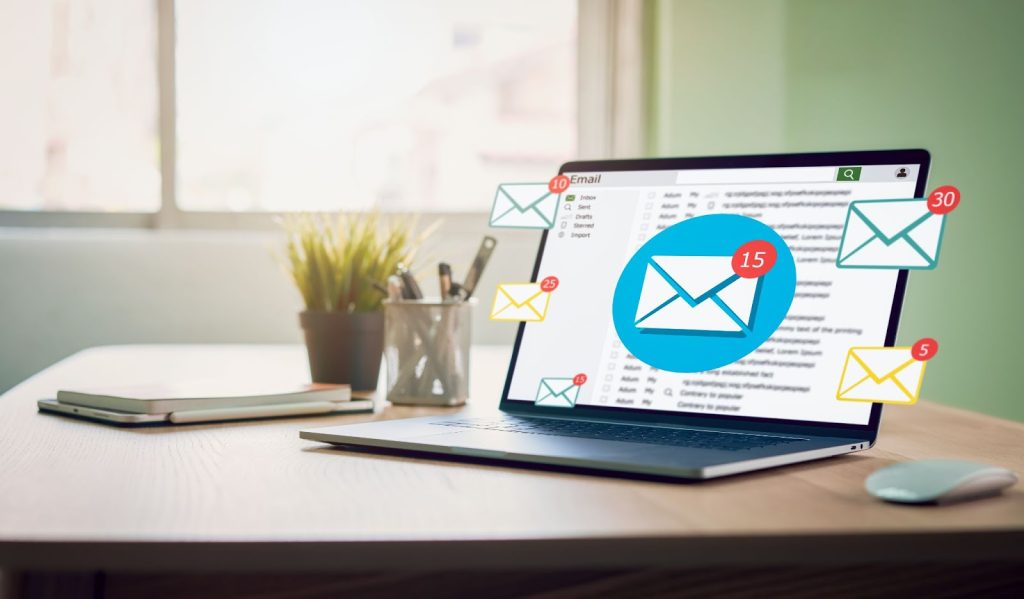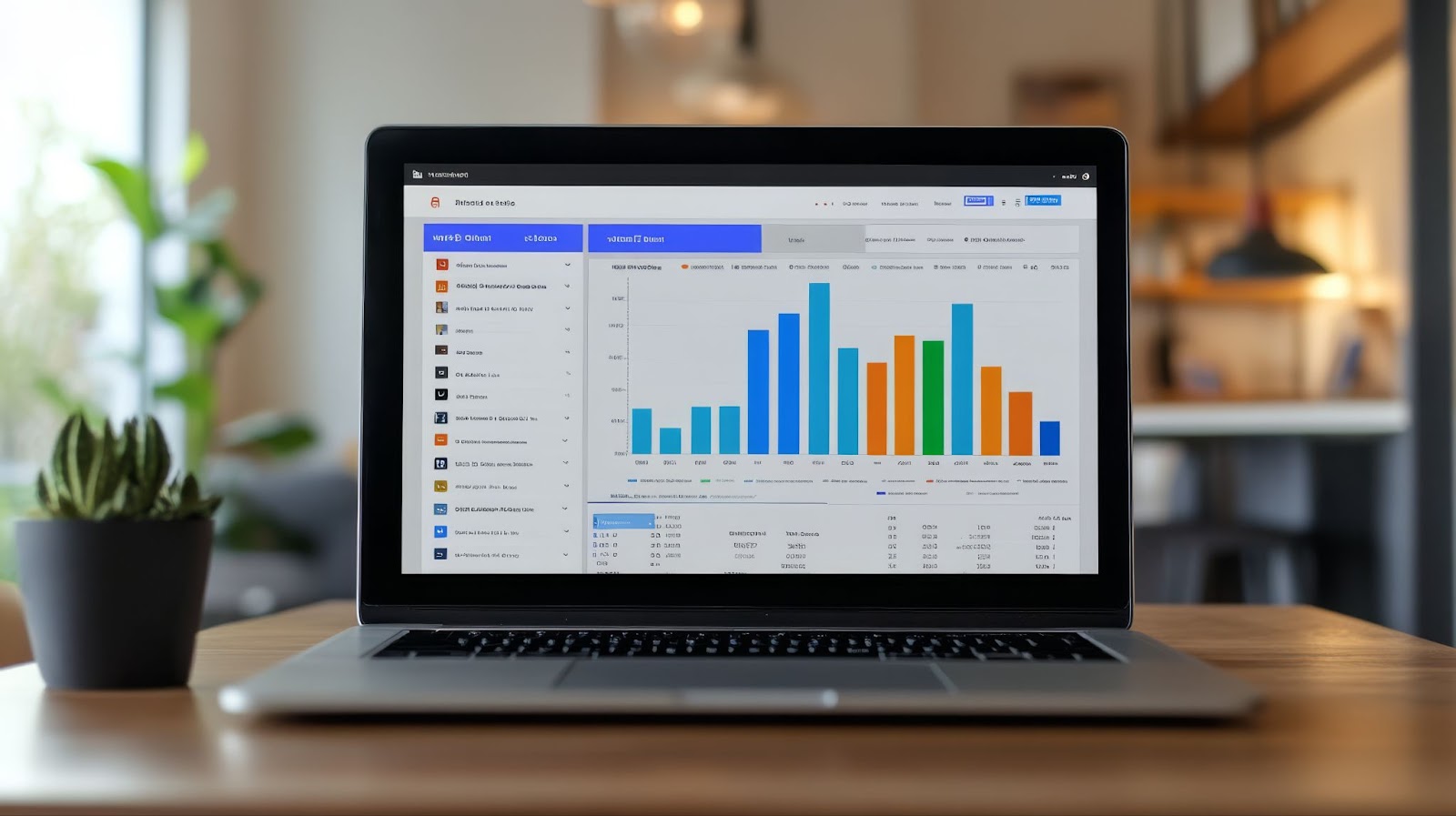Imagine trying to catch lightning bugs in the dark; it’s tricky if you don’t have the right tools and strategies. Like catching those bugs, nurturing leads through a sales funnel will feel overwhelming without the right approach. That’s where sales funnel automation comes in.
Sales funnel automation is all about making the process easier and more efficient. It helps businesses manage potential customers from the moment they first discover a product to the point where they make a purchase.
Understanding the sales funnel stages will greatly enhance how businesses connect with their audience in today’s fast-paced world.
This article will explore how sales funnel automation can transform your lead nurturing process with minimal effort. Whether you’re working with a Utah marketing agency or independently, you’ll learn valuable strategies to improve efficiency, personalize journeys, and ultimately increase conversions.
What is sales funnel automation?
Sales funnel automation is a smart way to guide potential customers through the buying process with minimal effort. It uses technology to automate tasks that help nurture leads from when they show interest to when they finally purchase. By doing so, businesses save time and increase efficiency.

Stages of the sales funnel
Understanding the sales funnel stages will help your business nurture leads more effectively. Sales funnels map potential customers’ journey to your business, making it easier to move them toward a purchase.
With sales funnel automation, this process becomes seamless and requires minimal effort from your marketing team. Let’s examine the different stages of the sales funnel and see how each stage guides leads into loyal customers.
Awareness
This is where potential customers first learn about your company. It’s important to capture their attention through engaging and relevant content. Use social media posts, email marketing campaigns, or other digital strategies.
A Utah marketing agency uses marketing automation tools to ensure your message reaches your ideal customers at the right time.
In this stage, a table might be helpful to show different methods to capture awareness:
| Method | Description | Tool/Platform |
| Social Media Posts | Share engaging content on social platforms. | Facebook, Instagram |
| Email Marketing | Send introductory emails to potential leads. | Mailchimp, Constant Contact |
| Blog Posts | Write about topics that interest your audience. | WordPress, Medium |
Automation at this stage helps distribute content effectively, increasing the chances of catching potential customers’ eyes without much manual work.
Consideration
Once potential customers know about your business, they enter the Consideration Stage. Here, they show interest in your products or services, and it’s your job to keep them engaged. Sales funnel automation nurtures these interested leads by delivering personalized content and information that matches their needs and interests.
Sending well-timed follow-up emails is an excellent example of nurturing leads without constant manual intervention. Automated email sequences can share valuable content, helping potential customers understand how your offerings benefit them.
In this stage, you can make use of marketing automation software. Some examples are email sequences, which are automated email lists that keep sending information until the lead makes a decision, and personalized content, which is relevant content catered to the customer’s specific interests. There are also webinars/demos, which provide more in-depth info showing your product’s value.
Using these tools makes nurturing leads smooth and keeps your potential customers interested and moving toward purchasing.

Decision
This is where your potential customer decides whether or not to make a purchase from you. Your goal is to convert those nurturing leads into actual buyers.
Automation facilitates this process by sending timely marketing campaigns and targeted follow-up emails that reinforce your value proposition. You can also automate special promotions or discounts, making this stage less labor-intensive for your sales team.
Consider these key strategies for the decision stage:
- Email campaigns: Send out offers or reminders for the products the lead has shown interest in.
- Testimonials/reviews: Share experiences of other satisfied customers to build trust.
- Comparison tables: Help them analyze benefits versus competitors.
The aim is to provide all the needed information and reduce objections so that when customers are ready, the decision is easy. Sales funnel automation ensures consistent and effective communication that can lead potential customers to become loyal customers.
Benefits of sales funnel automation
Sales funnel automation is like having a smart helper who knows precisely what to do and when. This helper guides potential customers through their journey smoothly.
It uses marketing automation tools to simplify tasks for both the marketing and sales teams. Let’s explore the fantastic benefits of sales funnel automation and see how it can help nurture leads with minimal effort.
Increased efficiency
Sales funnel automation boosts efficiency by reducing the need for manual work. Instead of spending time on repetitive tasks, marketing teams are able to focus on creative strategies and meaningfully connect with potential customers.
Sales funnel automation saves time, reduces errors, and enables the sales team to focus better.
Saving time
Automation handles tasks like sending follow-up emails and scheduling social media posts. This lets the marketing team focus on what matters most: creating valuable content and building relationships.
Reducing errors
Because automation takes care of tasks, there’s less room for mistakes. Everything runs smoothly, and tasks are completed on time.
A better focus for the sales team
With automation, the sales team doesn’t need to worry about repetitive processes. They can concentrate on talking to qualified leads and closing deals, improving the sales process.
Here’s a simple table showing how tasks differ with and without automation:
| Task | Without Automation | With Automation |
| Sending follow-up emails | Manual, time-consuming | Automated, instant |
| Posting on social media | Manual, scheduled | Automated, auto-scheduled |
| Lead tracking | Manual updates | Automated, real-time |
Personalized customer journeys
Sales funnel automation helps create personalized experiences for potential customers, making them feel special and understood.
Tailored content
Automation provides potential customers with relevant content based on their interests and behaviors. Customers are more likely to feel connected and valued by offering personalized content.
Guided paths
Automation leads customers through their customer journeys from the awareness stage to becoming loyal customers, offering the right information at each step.
Engagement throughout the sales cycle
By delivering consistent and personalized messages, automation keeps customers engaged and interested in what you offer.
Improved conversion rates
An effective sales funnel automation strategy will convert more leads into customers and improve overall conversion rates, resulting in more successful sales.
Targeted messages
Automation hits the sweet spot by sending precise and timely messages, which leads to higher click-through rates and more conversions.
Fewer drop-offs
Automation helps keep leads moving along the sales funnel by ensuring they receive valuable information when needed. There’s less chance they will lose interest midway.
Data-driven decisions
Using insights from marketing automation platforms, you can fine-tune the marketing strategy to better cater to the buyer personas. This helps address their needs efficiently, leading to higher conversion rates.
Identifying your leads
Leads are potential customers who show interest in your product or service. They are the starting point in the sales process, and nurturing leads transform them into loyal customers.
To identify leads, first understand your ideal customers by developing buyer personas. This involves considering your potential customers’ needs, interests, and behaviors. Buyer personas help target the right audience and create relevant content to capture their attention.
Next, tools like website analytics can be used to track visitor behavior. This helps identify qualified leads based on actions like downloading resources, subscribing to newsletters, or interacting with social media posts.
It’s also important to segment your leads. Categorize them based on their position in the sales cycle or their engagement level. This segmentation allows you to send personalized content that addresses their specific needs.

Utilizing email marketing for automation
Email marketing is a powerful tool for automation. Email campaigns enable businesses to reach many potential customers with minimal effort. It’s like having an extra member on your marketing team!
To get started, create a series of email sequences designed for different stages of the sales funnel. For example, you can send emails introducing your product or service in the awareness stage.
This helps in nurturing leads by providing them with relevant content. As leads progress through the sales cycle, follow-up emails can share more personalized content, moving them closer to becoming qualified leads.
Automation tools make this process even easier. They allow you to schedule emails, track click-through rates, and even segment your audience based on their interests. This results in more personalized experiences for your ideal customers.
Using marketing automation platforms, like those offered by a Utah marketing agency, allows you to nurture leads while focusing on other aspects of your marketing strategy. This is a win-win for both the sales team and your customers.
Leveraging social media engagement
Leveraging social media engagement is a smart move for anyone wanting to connect with more people. Platforms like Facebook, Instagram, and X (formerly known as Twitter) allow businesses to reach potential customers worldwide without much cost. By using these platforms, businesses can keep their followers interested and excited about their products or services.
Here are some simple ways to enhance social media engagement:
- Post consistently: Share content regularly to keep your audience engaged.
- Use eye-catching images: Visual content grabs attention quickly.
- Interact with followers: Respond to comments and messages promptly to build relationships.
- Run contests or giveaways: These can increase engagement and attract new followers.
- Ask questions: Encourage followers to answer and share their thoughts.
Social media engagement helps businesses learn more about their customer journeys and what matters to them. It is an invaluable tool for gaining insights and increasing brand loyalty. By focusing on building relationships rather than merely selling, businesses will turn followers into loyal customers. Being genuine and interactive is key to successful social media engagement.
Monitoring lead behavior
When it comes to sales funnel automation, monitoring lead behavior is key. By watching what potential customers do, you can learn a lot about their interests and where they are in the sales funnel. This helps your marketing team craft relevant content that nurtures leads and turns them into loyal customers with minimal effort.
There are many ways to track lead behavior. You can use marketing automation tools to see which emails they open, what links they click on, and how long they stay on your website. These tools provide valuable insights without the need for manual intervention.
Using this information, a Utah marketing agency, for example, can tailor their email campaigns to offer personalized experiences. This may include sending follow-up emails or creating targeted email sequences that lead to higher click-through rates.
Here is a simple table to explain:
| Lead Behavior | Action |
| Opens email | Send more content |
| Clicks link | Provide more details |
| Visits site | Offer special deals |

Optimizing campaigns for better results
Optimizing campaigns for better results means making small changes that can have a big impact. To start, it’s important to understand who your potential customers are. Create buyer personas to visualize your ideal customers. This helps craft personalized content that resonates with them.
Next, use marketing automation tools to streamline efforts. These tools help you send email sequences and follow-up emails at exactly the right time without needing much manual intervention. They also let you track click-through rates to see which emails work best.
You can schedule social media posts in advance, saving time and ensuring you’re always active online. And don’t forget, that valuable content is key. Offer information that helps, entertains, or solves problems for your audience.
Choosing the right marketing automation tools
When choosing the right marketing automation tools, consider your specific needs. Ask yourself what your marketing team aims to achieve. Are you focusing on increasing conversion rates, nurturing leads, or streamlining your sales process?
Here’s a simple list to help guide your decision:
- Identify your goals: Know whether you are trying to improve click-through rates or convert leads into customers.
- Budget considerations: Determine how much you can spend on marketing automation platforms without compromising quality.
- Ease of use: Choose software that your team finds easy to use to avoid frequent manual intervention.
- Integration: Ensure the tool integrates smoothly with your existing systems.
- Features: Check if the tool offers personalization options and analytics and supports personalized experiences.
A Utah marketing agency might recommend platforms for effectively nurturing leads with minimal effort. Automation tools should streamline the buyer journey, handle email campaigns, manage follow-up emails, and create social media posts that engage potential customers with relevant content.
Choosing the right tool can transform your marketing strategy and elevate your marketing campaigns.
Common mistakes to avoid
Several common pitfalls can undermine the effectiveness of your sales funnel automation strategy. Avoiding these mistakes will help ensure that your automation efforts yield the best possible results.
Over-automation
While automation is designed to streamline processes, overdoing it can lead to a lack of personal touch, making your interactions feel impersonal and robotic. It’s important to balance automation with human interaction, especially in key customer service and sales areas where personalized communication is critical.
Tailor your automation to handle repetitive tasks while leaving room for personalized responses when necessary.
Neglecting the sales funnel stages
Each stage of the sales funnel requires different approaches and content. A common mistake is using a one-size-fits-all approach to automation that ignores the nuances of each stage. Ensure that your automated content and outreach are specifically tailored to nurture leads at each point in the funnel, from awareness through decision-making to optimize engagement and conversion.
Failing to segment your audience
Effective sales funnel automation relies heavily on delivering the right message to the right person at the right time. Not segmenting your audience leads to irrelevant messaging, which diminishes the effectiveness of your efforts.
Utilize customer data to create detailed segments based on demographics, behavior, and engagement, and tailor your automation to address each group’s specific needs and interests.
Ignoring the importance of testing
One of the biggest pitfalls in any marketing strategy, especially one that involves automation, is the failure to test and optimize. Continuously test different aspects of your sales funnel automation, from email subject lines to call-to-action buttons.
Use A/B testing to determine what works best and make data-driven decisions to refine your strategy over time.
Lack of follow-up
Automating your sales funnel doesn’t mean you can set it and forget it. A common pitfall is not planning for adequate follow-up. You should regularly check automated systems to ensure they are functioning as intended and are updated according to any new sales strategies or changes in the market.
Additionally, always follow up on leads that have gone cold or have exited the funnel unexpectedly to understand why and to improve your processes.
Nurture your leads with Revity Marketing Agency
Are you looking to enhance your sales process and convert more leads without stretching your resources thin? Revity Marketing Agency is here to empower your business with cutting-edge sales funnel automation.
Our seasoned experts craft and implement robust automation strategies that nurture your leads and significantly boost your conversion rates. Embrace the efficiency of minimal effort with maximum results.
Don’t let potential customers slip away — contact Revity today to optimize your sales funnel and watch your customer base grow.







